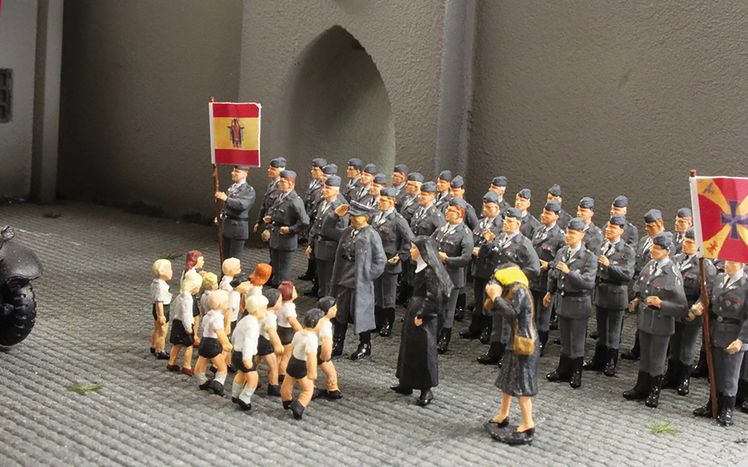1300 - 1600
The Late Middle Ages were a period of a rising middle class in the cities, and a monetary economy. The era was affected by the disastrous aftermath of the plague, which cost the lives of a third of the European population. The depopulation led to rebellions which caused transformations in the social structures.
The Town
With a flourishing trade, the town grows ever more prosperous. A considerably larger nave bears witness of this wealth. Craftsmen are organizing themselves in guilds. By now, the town has a pharmacy, a cloth mill, and mirror makers. Pottery, but also salts to preserve foods are being traded.

















